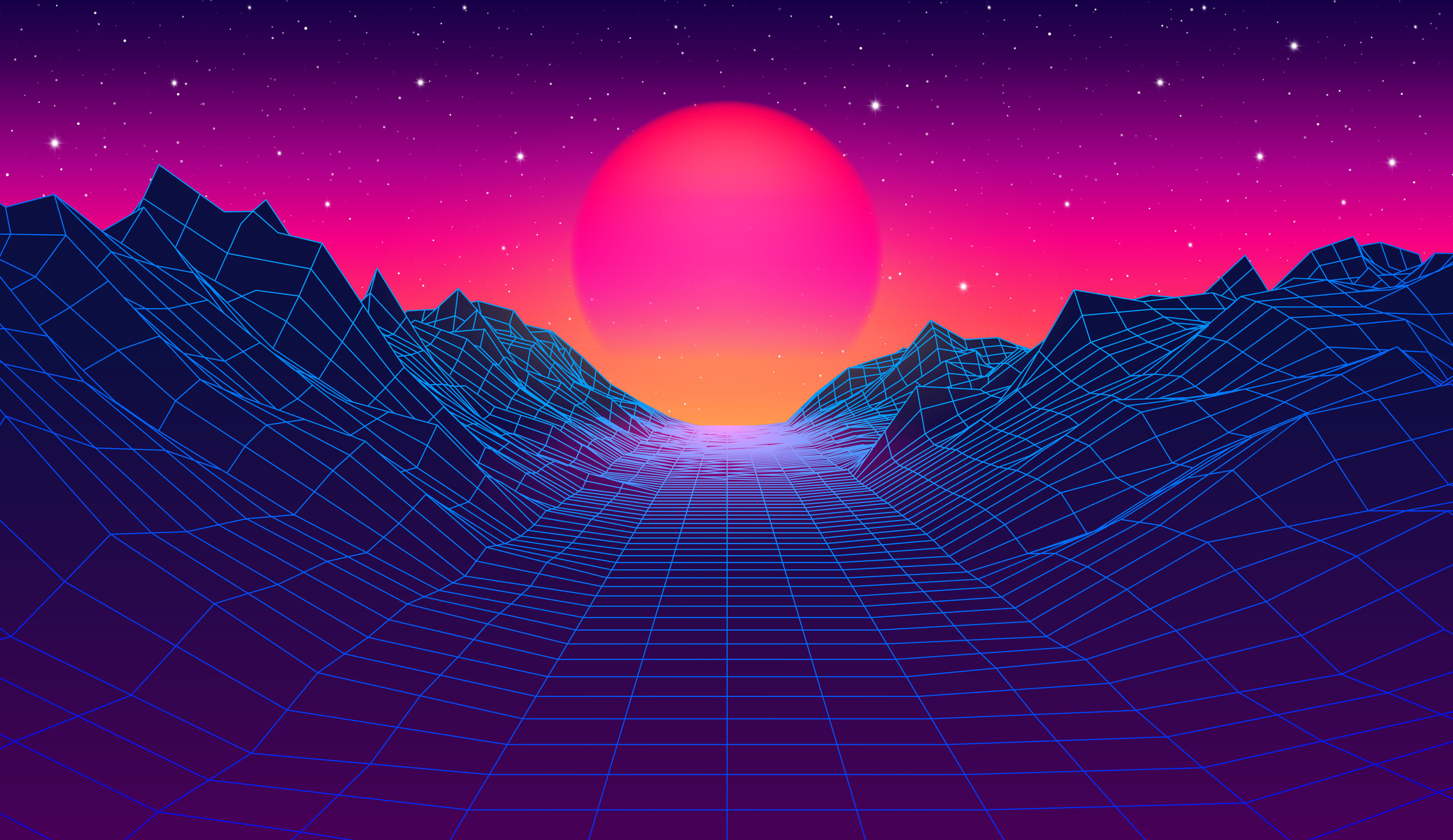Retrowave is a popular style of music that combines elements of 80s synthpop and electronic music. It often has a nostalgic or futuristic feel to it. Reason Studios is a great place to create retrowave music. The software has many built-in instruments and effects that can be used to create the signature sound of retrowave.
With influences ranging from 1970s and ’80s film soundtracks to artists like Tangerine Dream, Vangelis, and John Carpenter, Retrowave is a genre of driving, synth-based music that has surged in popularity thanks to retro-inspired shows and movies like Stranger Things and Blade Runner 2049. In this tutorial, you’ll learn how to record a Retrowave soundtrack in Reason using a palette of lush synthesizers, punchy drum machines, and spacey effects.

Getting Started with Retrowave
The best way to make retrowave in Reason Studios is to use synths. Synths are electronic instruments that can create a wide range of sounds. They can be used to create both the melody and the rhythm of a song. In Reason Studios, there are many different types of synths to choose from. Each synth has its own unique sound. You can experiment with different synths to find the sound that you like the best.Retrowave Synth
The foundation of Retrowave starts with a classic arpeggiated synth track. Retrowave relies on the iconic sounds of popular ’70s and ’80s keyboards—so open up Reason’s browser and try out some analog subtractive synths and early-digital FM devices. Once you’ve dialed up a patch you like, plug it into the RPG-8 Monophonic Arpeggiator at 80-150 BPM to create the robotic pulse that will form the backbone of your track. Select an Up, Down, or Up+Down pattern and try out some chords until you find the right groove.
The Bassline
Now that you have a solid bassline or chord progression looping on the arpeggiator, take advantage of ReDrum’s authentic drum machine interface to program a simple, minimal and driving beat. Look for an electronic kit with a punchy kick and snare and tunable toms for the occasional tom fill. For a modern, danceable sound, sidechain the kick to one or more synths.
Layering
Now we’re ready to flesh out the song by layering sounds and arranging tracks. You can double your chord progression with a lush pad, program a dreamy synth drone with filter-sweeping automation, or add some soaring leads with a portamento synth or live guitar through the “lead” setting on the Softube Amp. To bring a more epic sound to your synth leads, add a healthy dose of delay or chorus.
Retrowave Effects
Once you have the structure of your song laid out, it’s time to fine-tune the mix and add a glossy sheen of effects. For an iconic 80’s sound, thicken up your synths with the CF-101 chorus and throw some gated reverb from the RV7000 on the drums.




